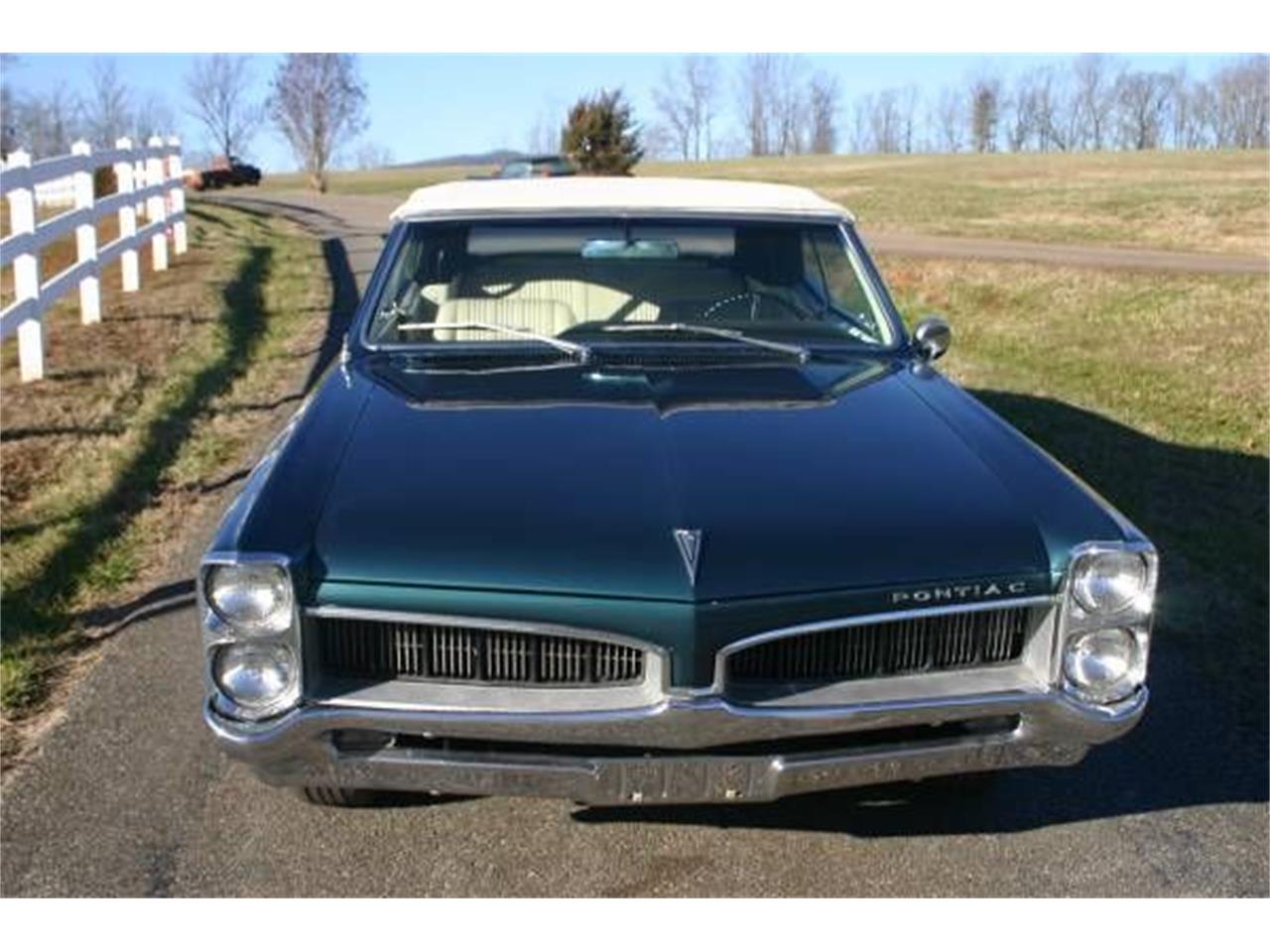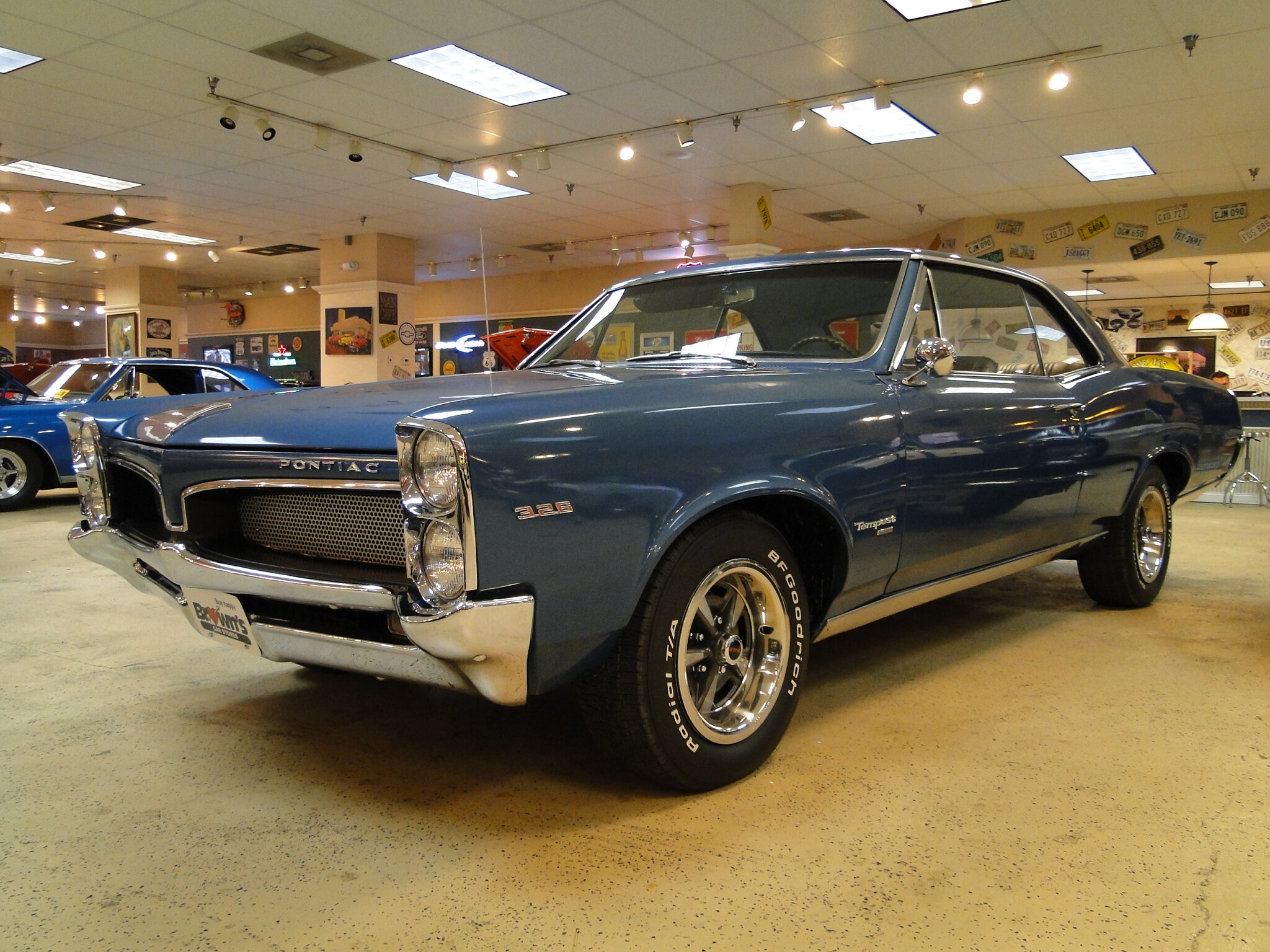



All of these components are available in the aftermarket.ġ966-67 AC cars had a plastic fan shroud that was essentially the same as the metal shroud. All AC cars got 17.5" radiators, 7 blade fan and clutch regardless of options. The Tripower and heavy duty cooling option non ac cars got 15.5" 4 row radiators with a 7 blade fan and clutch. Pontiac engineers realized this was a more efficient design.Īll filler necks for 1964-67 A-body Pontiacs were in the same spot except for 1965 non AC Tripower cars where the filler moved 4" to accommodate a different fan guard.įrom the factory, most non AC cars had 3 row radiators and a 5 blade fan.
1967 pontiac tempest driver#
The 66-67 models have the inlet moved to the driver side while the bottom outlet stayed on passenger side. The 19 models have inlet/outlet both on the passenger side. Originally, all 64-67 A-body Pontiac radiators were downflow (meaning tanks on top and bottom). It is very common for Pontiac owners to swap out original motors for newer Pontiac motors like the 400, 428 or 455. If you have a 17.5" core, you'll need an AC radiator regardless of whether the car still has AC or not. If you have a 15.5” core, then you will need the non AC radiator regardless of whether you are installing aftermarket ac. The easiest way to find out what you will need is to measure your original radiator. The only exception to this would be in 1964, GTO's all got 17.5”. The AC radiator support is 2" taller and can be identified easily (see pictures). 64-67 Tempest, LeMans and GTO's had either an AC radiator support or a non AC support. "Factory" AC vs non AC is the first question most people should consider. That’s why we’ve made it simple for you and put together this simple tech guide. Picking out a replacement radiator for your GTO can be a little confusing sometimes.


 0 kommentar(er)
0 kommentar(er)
